Guided Resources for Difficult Situations
By Matt Ruddy
Many DEI practitioners have become familiar with the “pinch point.” The moment during an open discussion when the energy in the room changes. There is a palpable sense of defensiveness, apprehension, or outright tension. This may arise for many personal and professional reasons. However, with the spirit of inclusion in mind, our job as practitioners is to keep as many people at the table and involved in the discussion as possible. What I have found in my practice is that there is enormous value in carefully selected and well-curated resources (articles, documentaries, etc.). These become particularly useful when prepared and presented with intent and a structure for engagement. There are a variety of benefits to consider.
1. Neutral Territory
When the staff and board of an organization are at odds with one another, there is likely an article or resource that depersonalizes the situation(s). It allows people to agree or disagree with the content more so than with each other. Throughout a well-facilitated discussion, people may learn, perspectives may change, and self-reflection may lead to compromise and understanding. It may not. Perhaps a problem or harmful incident is severe enough that deeper or more direct mediation is needed. Often, the rifts and ripples that occur during DEI work stand to benefit from learning collectively.
2. Encouraging Deconstruction
Resources are often shared with the assumption that they will be absorbed and accepted as gospel. When presenting an article that is as blunt and unapologetic as Tema Okun’s “Dismantling White Supremacy Culture” or Reni Eddo-Lodge’s “Why I am No Longer Talking to White People About Race”, it’s going to push some buttons for people. Actively encouraging people to challenge the content in an intellectually accountable way can elevate, rather than derail, a conversation. Effective facilitation can encourage people to explain in greater depth or context where their agreement or disagreement comes from.
3. Interconnected Storytelling/Sharing
We are always aiming for the moments when we can transcend our differences. Inside the twists and turns of the content, each participating member will inevitably find something that resonates with them and things that just don’t connect. I have often found that this leads the discussion towards making a personal connection to the content. In doing so, others are encouraged to speak up. Others may also be encouraged to respectfully disagree and add some context to their own experiences. Either way, it gets people talking and if the temperature starts to rise again, returning to the content can often help.
4. Create Methods for Documenting Conversations
Whether the conversation leans towards discourse, debate, or discussion, it’s highly recommended to create a feedback chart, whiteboard diagram, or whatever works for your team/organization as a means to capture the ideas and outcomes of participants.
This serves two purposes:
a. Visual proof that the voice of each person is important.
b. It builds an archive that demonstrates the organization’s commitment to an ongoing practice of engaging with and learning from each other.
Imagine being a new hire in a company that says DEI work is a high priority. They demonstrate this by sharing a folder with you that contains 1-2 years of documented discussions. This allows you to see the work they have already committed to curating their resources as well as the thoughts and ideas of the colleagues you are about to begin working with.
There are many ways to approach doing this but there is a lasting benefit that is certainly worth mentioning. Examining articles and resources can be the dress rehearsal for engaging with each other respectfully. When there is a major problem or significant harm has occurred, there is a chance this can be handled with greater care and consideration for each person’s intellect and integrity if the people involved have had chances to agree and disagree with each other in less personal ways. In closing, coaching teams and organizations to be active, lifelong learners, and continually putting this into practice, helps strengthen our acumen as facilitators and improves the intellectual acuity of groups overall.
Several articles mentioned as well as a few “go-to” favorites are included below:
Author
Additional Resources
We hope that you found this content meaningful and helpful in your company’s path toward becoming an antiracist organization.
What’s next?
Continue to dig in to our Culture Change Roadmap for more best practices, core elements, and guided learning.

